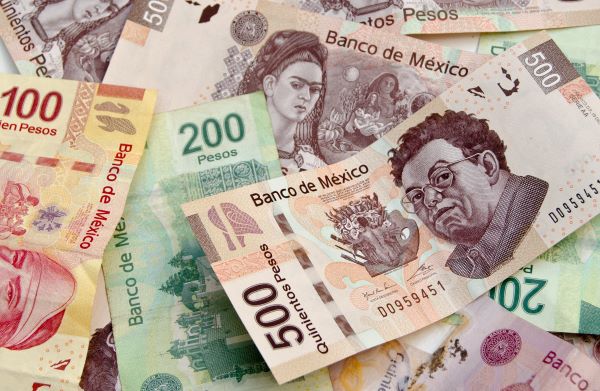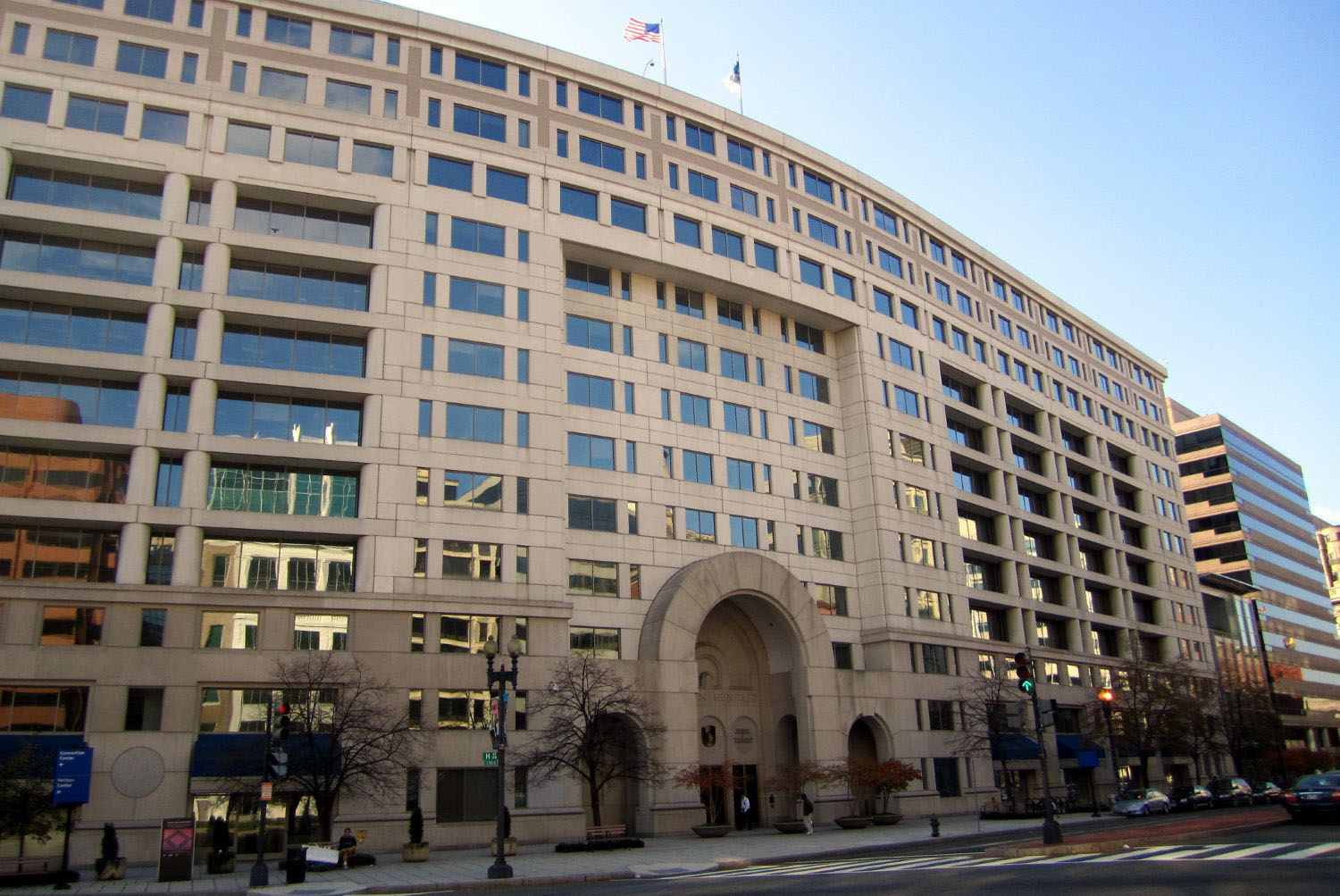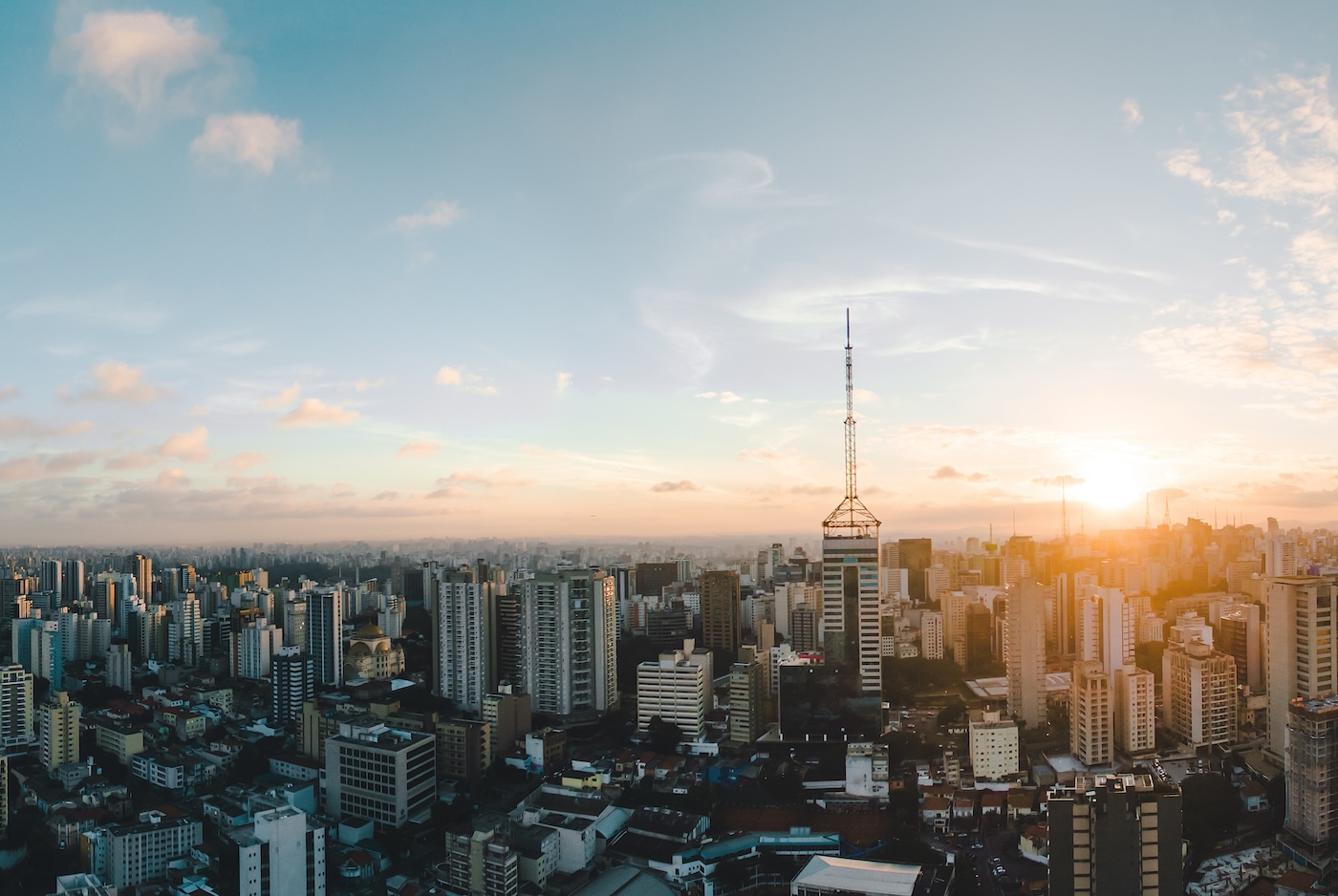Recommended
This week, the Inter-American Development Bank’s governors gather for their annual meeting. Much is at stake as the region reels under the compound crises of COVID-19 and recession. With 718,000 dead and 23 million COVID-19 cases, Latin America is living through the worst economic crisis of the past 120 years, with a drop of 7.7 percent in regional GDP in 2020.
On the expenditure side, countries are faced with massive and expanding health and safety net requirements alongside inflexible pension and wage bills. Thus far, spending has not met needs—the region spent only 4.3 percent of GDP in countercyclical response, in sharp contrast to the 8-12 percent spent by less affected high-income countries, likely aggravating or extending the crisis and its effects. And despite these needs, the IDB perplexingly kept its new commitments flat during 2019-2020.
Most analysts foresee a slow recovery with risks tilted to the downside. Fiscal consolidation challenges and rising (and exceptionally) high levels of public debt will likely continue to put downward pressure on sovereign ratings through to 2022, and the costs of borrowing are increasing.
The financing needs ahead may be even more demanding: a recent media report put Colombia’s COVID-19 vaccine bill at $850 million to immunize its population, almost the entirety of its annual public spending on health, even while boosters are likely needed annually in the future.
Under these circumstances, one might easily conclude that more IDB lending and concessional finance is both urgent and essential.
But none of this urgency is yet evident in the IDB’s public case to its member countries. Focused on recovery via “nearshoring,” small and medium enterprises, and increased digitalization, the new IDB president Mauricio Claver-Carone seems to forget that the Bank’s main business is sovereign lending, primarily to safety nets, infrastructure, and health systems, and that the crisis can only end with herd immunity to COVID-19 and its emerging variants.
Further the IDB has an important role to play in reforming inefficient systems, promoting better governance, and, perhaps most importantly, in financing regional public goods like pandemic preparedness and climate change mitigation via greater concessional resources, blended finance, and philanthropy.
As the bank’s governors meet in “virtual Barranquilla,” we hope to see a clearer mandate for the IDB to address the COVID-19 compound crisis head on—with a dedicated and upscaled program of lending to sovereigns to address the issues of the next decade. At the moment, there is too much focus on winning a capital increase from the bank’s shareholders as a sort of trophy for the institution. There is a good case for a capital infusion at the IDB and a group of US senators is already prepared to back the effort, but that case is predicated on better efforts to address the crisis than we have seen to date.
Esta semana, los gobernadores del Banco Interamericano de Desarrollo están participando en su reunión anual. Hay mucho en juego, mientras la región se tambalea haciendo frente a la crisis combinada del COVID-19 y de la recesión económica. Con 718.000 muertos y 23 millones de casos de COVID-19, América Latina vive la peor crisis económica de los últimos 120 años, con una caída del 7,7 por ciento del PIB regional en 2020.
Por el lado del gasto, los países se enfrentan a unas considerables necesidades, que además van en aumento, en materia de salud y redes de seguridad. A ello se suma unos sistemas de pensiones y salarios públicos poco flexibles. Hasta ahora, el gasto no ha estado a la altura de las necesidades: la respuesta anticíclica de la región fue sólo del 4,3 por ciento del PIB. El contraste con el gasto de 8 a 12 por ciento en los países de ingresos altos menos afectados es claro. El bajo gasto público probablemente agravó y/o extendió la crisis y sus efectos. Y, a pesar de estas tremendas necesidades, el BID no ha aumentado sus compromisos financieros entre el 2019 y el 2020.
La mayoría de los analistas prevén una lenta recuperación que irá acompañada de importantes riesgos. El reto que supone la consolidación fiscal y los crecientes (y excepcionalmente) altos niveles de deuda pública seguirán presionando a la baja las calificaciones soberanas hasta 2022, y los costes de los financiación y endeudamiento están aumentando.
Las necesidades de financiamiento que se avecinan podrían continuar aumentando: un informe reciente cifró el costo para Colombia de inmunizar a su población contra el COVID-19 en 850 millones de dólares, una cifra que es casi equivalente a la totalidad de su gasto público anual en salud y que no considera que es probable que se necesiten vacunas anuales en el futuro.
En este contexto, parece evidente que es urgente y esencial que el BID conceda más préstamos y opciones de financiamiento con condiciones favorables a América Latina.
Pero esta urgencia no se refleja en el discurso público del BID. El nuevo presidente del BID, Mauricio Claver-Carone, centrado en lograr la recuperación a través del “nearshoring" (atraer empresas a la región), de las pequeñas y medianas empresas y del aumento de la digitalización, parece olvidar que el principal cometido del Banco es la concesión de préstamos soberanos, principalmente para apoyar las redes de seguridad, las infraestructuras y los sistemas de salud, y que la crisis sólo puede terminar con una inmunidad de rebaño, que nos proteja del virus y sus variantes emergentes.
Además, el BID tiene un importante papel que desempeñar en la reforma de sistemas ineficientes, en la promoción de mejor gobernanza y, quizás lo más importante, en la financiación de bienes públicos regionales como los dispositivos y planes de preparación y prevención de pandemias y la mitigación del cambio climático a través de mayores concesiones, del financiamiento mixto y de la filantropía.
Cuando los gobernadores del banco se reúnan en la "Barranquilla virtual", esperamos ver un mandato más claro para que el BID aborde la crisis del COVID-19 de forma directa, con un programa específico y ampliado de préstamos soberanos para lidiar con los problemas que se avecinan en la próxima década. Por el momento, se presta demasiada atención a conseguir una ampliación de capital del banco como una especie de trofeo para la institución. Hay buenos argumentos para justificar una inyección de capital en el BID y un grupo de senadores estadounidenses ya está preparado para respaldar el esfuerzo, pero este argumento se tiene sustentar en mejores esfuerzos para abordar la crisis que los que hemos visto hasta ahora.
Disclaimer
CGD blog posts reflect the views of the authors, drawing on prior research and experience in their areas of expertise. CGD is a nonpartisan, independent organization and does not take institutional positions.
Image credit for social media/web: Mario Roberto Durán Ortiz / Wikimedia Commons






